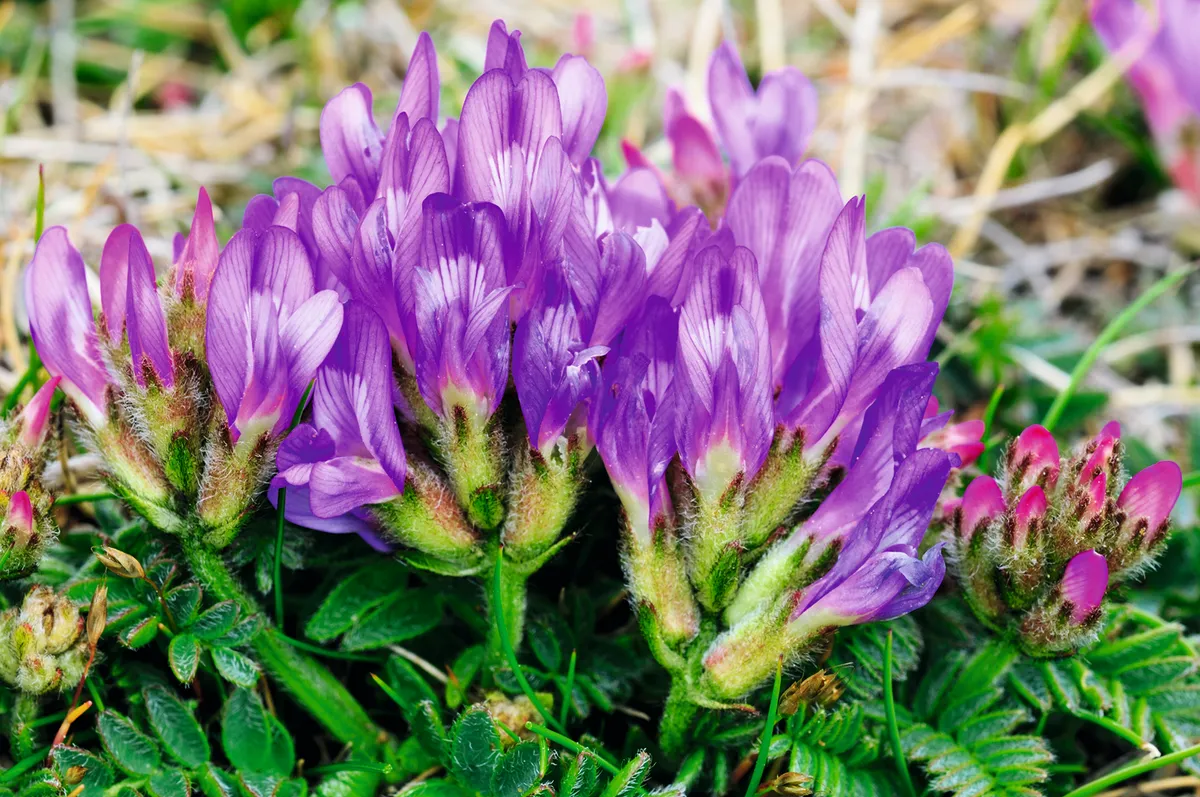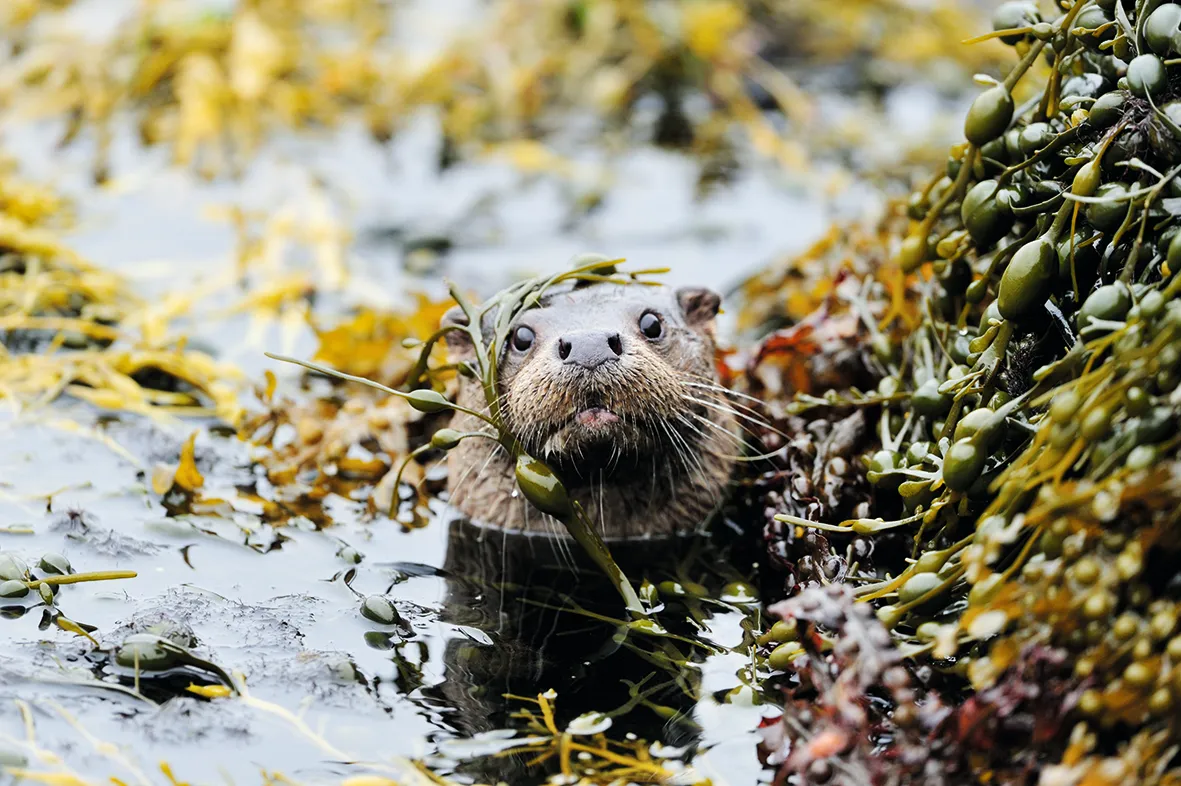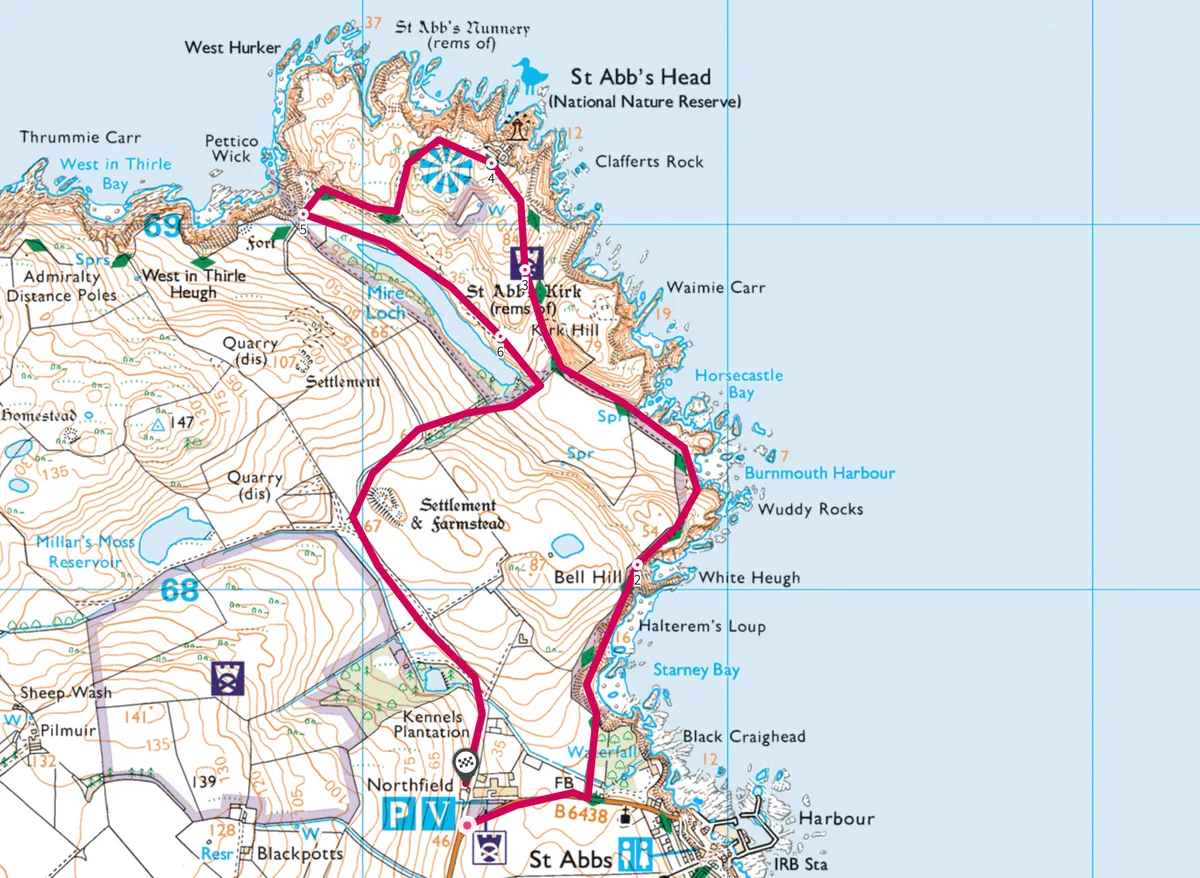Raucous seabird colonies, ancient grassland rich in rare plants and butterflies, a sheltered freshwater lake with wildfowl and dragonflies – there’s so much to discover at St Abb’s Head.
Winter light can be great for photography, highlighting the contrast between the peninsula’s red rock and the stormy North Sea, yet it feels eerily empty without the seabirds. By early summer, however, they are back in force and the headland is throbbing with life. May is an ideal time for photographing the spectacular vistas and delicate details.

1. Off to the viewpoint
Start and finish at the National Trust for Scotland visitor centre just west of the fishing village of St Abbs. Walk down the road, turn left and follow the path through deciduous woodland up to a viewpoint.
2. Kittiwakening
Here you will gain your first sight of the seabird city. Pause to take in the headland covered with kittiwakes, fulmars and guillemots. Then take the path heading north, climbing gradually uphill towards the lighthouse and foghorn of St Abb’s Head.
3. Lighthouse hill
It’s hard to take your eyes off the seascape to the right, but the grassland at your feet is ancient, unimproved and exceptionally rich in plant and insect life. Look out for the nest-mounds of yellow meadow ants, flowers of purple milk vetch and, by late May, the little white stars of sea sandwort. The pink splashes of thrift are very photogenic against a backdrop of blue sea.

4. Nunnery Point
Beyond the lighthouse, the cliffs form an amphitheatre and the noise of thousands of screeching seabirds hits you like a physical force. The kittiwakes are particularly loud. The remains of volcanic eruptions form enormous offshore rock stacks, their tops packed tight with guillemots. Look closely and you’ll see razorbills among them. On windy days, fulmars hang in the air like kestrels. This is the place to photograph seabirds. They aren’t as accessible as on the Farne Islands, but the grandeur of the setting shows the birds in context. Stay as long as you need to catch every available light.
5. Have a wild thyme
Head downhill to the old jetty at the shoreline. At low tide, vast kelp beds are revealed, their fronds the perfect harbour for marine animals. The cliffs stretch on and on, full of wild promise that inspires exploration. But for now, head south to Mire Loch, stopping to smell the wild thyme and wood sage, and keeping an eye out for signs of otters and badgers.

6. Edge of Mire Loch
Follow the path along the eastern side of the loch. There’s a sense of tranquillity here, enhanced by the songs of warblers and the scent of gorse. A world away from the noisy clifftops, it’s a place for close-ups: cowslips, early purple orchids, maybe a stonechat or green-veined white butterfly resting on a cuckoo flower. Later in the summer, the rare northern brown argus butterfly feeds on abundant rock rose. It’s one of the many reasons to return, as you follow the path uphill, then back along the road to the visitor centre and tea room.
Map
St Abb's Head map and walking route.

All images: © Laurie Campbell